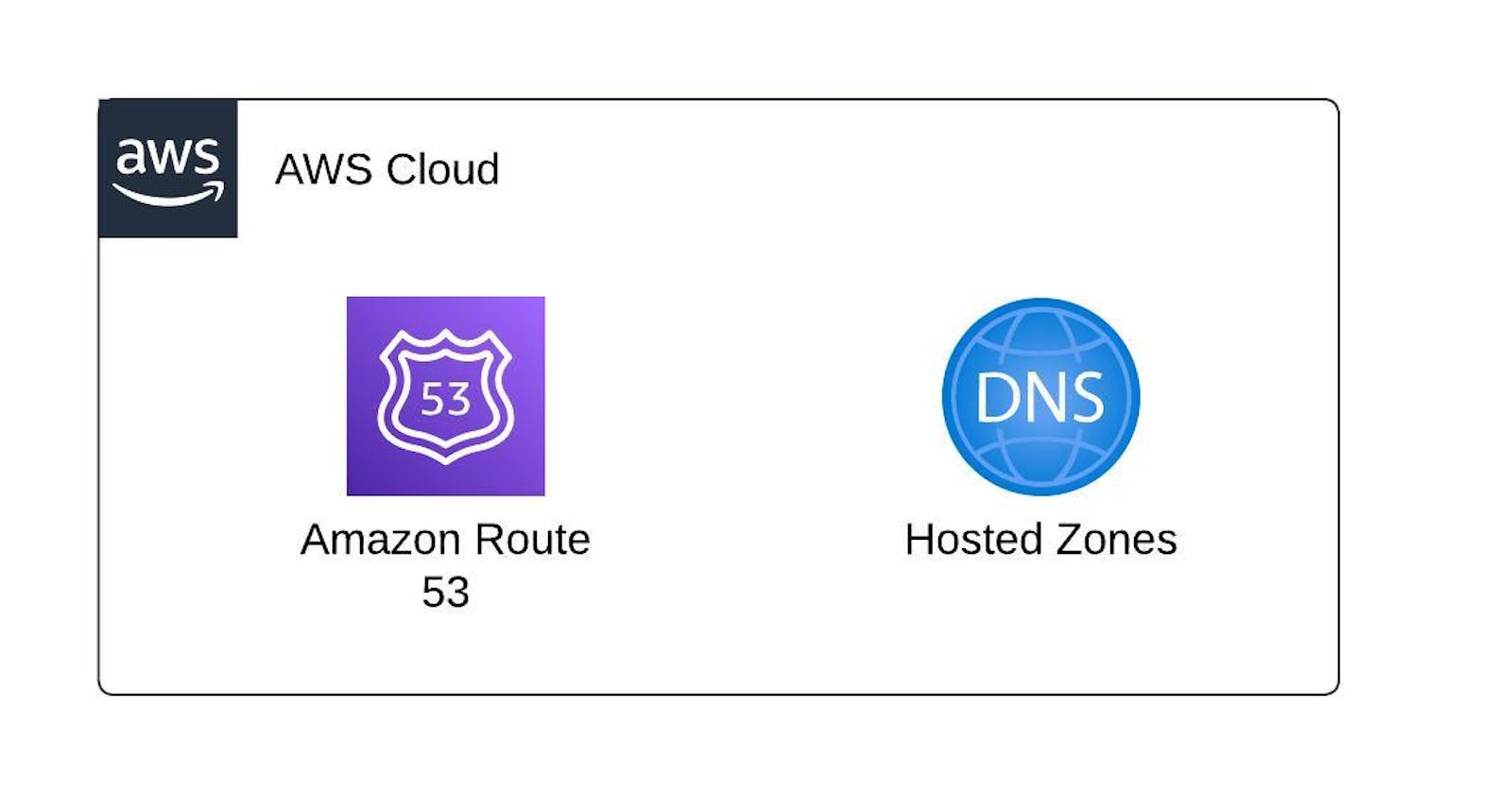Table of contents
What is Amazon Route 53?
Amazon Web Services (AWS) offers a Domain Name System (DNS) web service called Amazon Route 53, which is scalable and highly available. Whether internet apps are hosted on AWS or in other data centers, it is made to route user requests to them.
Key Features
Domain Name Registration: You can transfer or register new domain names through Route 53. Although DNS settings for domain names registered through third-party registrars can be managed via Route 53, AWS does not provide direct domain registration services. Hosted zones and DNS records are key concepts in DNS (Domain Name System) management
-> A hosted zone is a type of container or database where DNS records pertaining to a particular domain are stored. To control your domains' DNS settings, you can create hosted zones on Amazon Route 53.
-> The specific entries in a hosted zone are known as DNS records and contain details on how domain names should be translated into IP addresses or other resources.
-> AWS assigns a set of name servers (NS records) for each hosted zone that you create in Route 53. Your domain's DNS queries are routed via these name servers.
Health Checks: Route 53 offers failover and health-checking features. Route 53 can automatically divert traffic from unhealthy endpoints to healthy ones, and you can set up health checks for your resources. Developing reliable, highly available applications can greatly benefit from this.
Traffic Management: Weighted routing, geolocation-based routing, latency-based routing, and failover routing are among the traffic management features provided by Route 53. With the help of these features, you can divide traffic among several resources in a way that best meets the requirements of your application.
-> For instance, you can use weighted policies to distribute traffic and balance loads across resources, or you can create routing policies based on geographic locations to serve content from the closest data center.
Traffic Flow: Route 53 with the help of a visual editor called Traffic Flow, you can design intricate routing schemes. It assists you in creating traffic policies for your applications and routing traffic according to predetermined standards.
Integration with AWS: It is simple to route traffic to resources like Amazon EC2 instances, Elastic Load Balancers, Amazon S3 buckets, and this is due to the fact that Route 53 has seamless integration with other AWS services. Application availability is increased and resource management is made simpler as a result.
Load-Balancing: Route 53 can be used in conjunction with Elastic Load Balancers to improve application availability, fault tolerance, and scaling by distributing incoming application traffic among several resources.
Cost-Effective: Pay-as-you-go pricing for Route 53 allows you to only pay for the DNS queries and hosted zones that you actually use. Due to its affordable price, it is a desirable choice for businesses of all kinds.
Conclusion
Route 53 is a robust DNS service that handles traffic management, DNS routing, and domain registration to guarantee the reliability as well as accessibility of your applications. Although it can be used for any internet-facing application that needs reliable DNS services, it is especially well-suited for companies and organizations that run applications in the AWS cloud.
